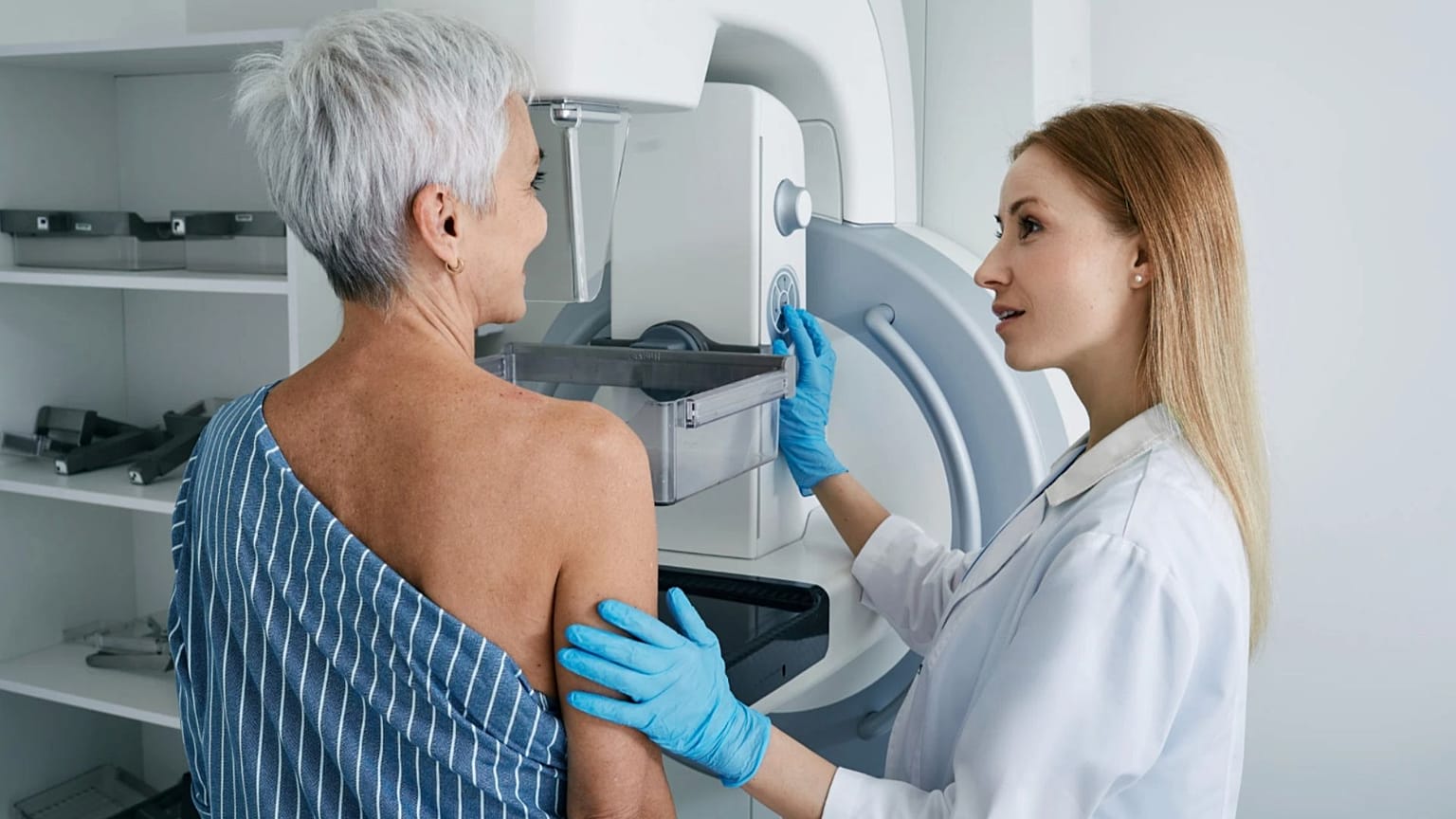Health
Breast Cancer Awareness Month Highlights Urgency of Early Detection

October marks **Breast Cancer Awareness Month**, a critical time to emphasize the significance of early detection and education in combating the most prevalent cancer among women. Current statistics reveal that **one in 20 women** will be diagnosed with breast cancer during their lifetime. In **2022**, approximately **2.3 million women** worldwide received this diagnosis, with around **670,000 fatalities** attributed to the disease. In Europe, the **World Health Organization (WHO)** reported nearly **558,000 new cases** that year. Despite advancements in medical technology, awareness regarding the early warning signs and appropriate timing for medical consultations remains inconsistent, leading to severe health implications.
Research from **Sweden’s Karolinska Institute** indicates that missing an initial breast cancer screening can significantly elevate the risk of adverse outcomes. A study conducted on nearly **434,000 women** who were invited for screenings between **1991** and **2020** found that those who did not attend their first appointment had a **40 percent higher risk** of dying from the disease. Alarmingly, almost **one in three** women failed to show up for their initial screening, resulting in higher chances of being diagnosed at more advanced stages and a reduced likelihood of attending follow-up screenings.
The Importance of Early Detection
Dr. **Denise Johnson**, an obstetrician-gynecologist and professor of women’s health at **The University of Texas at Austin**, underscores the substantial impact early detection can have on treatment outcomes. “Early detection is the key to treatment for breast cancer,” she stated, referencing the significant improvements in survival rates when the disease is identified promptly. “Survival rates are excellent when we detect breast cancer early. It can be as high as about **90 percent** within five years of a diagnosis. That number decreases significantly with late diagnosis,” Dr. Johnson added.
Mammograms remain the most effective tool for early detection. The **European Union** guidelines recommend that women at average risk for breast cancer undergo annual screenings starting in their mid-40s. This procedure, an **X-ray scan** lasting **15 to 20 minutes**, can uncover lumps or abnormalities often missed during self-examinations. For women with a family history of breast cancer or known genetic mutations, earlier and more frequent screenings may be necessary.
Breast cancer risk factors include age, family history, and certain genetic conditions. It is estimated that **5 to 10 percent** of breast cancer cases are linked to inherited faulty genes. Dr. Johnson advises women to maintain awareness of their breast health. “Have an awareness of what your breasts look like and feel like; if anything changes, pay attention to that,” she urged. “Discuss any concerns with your doctor to determine if additional imaging is warranted.”
Early indicators of breast cancer may include a new lump in the breast or underarm, thickening or swelling of breast tissue, redness or flaky skin in the nipple area, or any alteration in breast size or shape. It is crucial to note that men are also at risk, albeit less frequently, with male cases constituting about **1 percent** of all breast cancer diagnoses. Men should also remain vigilant for any changes in breast tissue.
Understanding Results and Treatment Options
An abnormal mammogram does not necessarily indicate the presence of cancer. Follow-up testing, including biopsies, is essential to confirm any diagnosis. “It’s important to know that even from an initial abnormal mammogram, there are many steps we must take to clarify whether this is a diagnosis and to determine possible treatments,” Dr. Johnson explained.
If cancer is confirmed, treatment options vary based on the type and stage of the disease. These may include surgery, chemotherapy, or hormone therapies tailored to individual patient needs.
Global projections indicate that the situation may worsen in the coming decades. By **2050**, the number of breast cancer-related deaths is anticipated to increase by **68 percent**, while new cases are expected to rise by **38 percent**, according to WHO’s cancer research agency. This would translate to **3.2 million new cases** and **1.1 million deaths** annually.
“Every minute, four women are diagnosed with breast cancer worldwide, and one woman dies from the disease. These statistics are worsening,” stated Dr. **Joanne Kim**, an IARC scientist and co-author of the study. The agency warns that developing countries will bear a disproportionate burden from this growing crisis.
As **Breast Cancer Awareness Month** progresses, the urgent message remains: early detection is pivotal. Raising awareness about the disease, its risks, and the importance of regular screenings can save lives and improve outcomes for millions of women worldwide.
-

 Top Stories3 months ago
Top Stories3 months agoTributes Surge for 9-Year-Old Leon Briody After Cancer Battle
-

 Entertainment4 months ago
Entertainment4 months agoAimee Osbourne Joins Family for Emotional Tribute to Ozzy
-

 Politics4 months ago
Politics4 months agoDanny Healy-Rae Considers Complaint After Altercation with Garda
-

 Top Stories4 months ago
Top Stories4 months agoIreland Enjoys Summer Heat as Hurricane Erin Approaches Atlantic
-

 World5 months ago
World5 months agoHawaii Commemorates 80 Years Since Hiroshima Bombing with Ceremony
-

 Top Stories3 months ago
Top Stories3 months agoNewcastle West Woman Patricia Foley Found Safe After Urgent Search
-

 Top Stories5 months ago
Top Stories5 months agoFianna Fáil TDs Urgently Consider Maire Geoghegan-Quinn for Presidency
-

 World5 months ago
World5 months agoCouple Convicted of Murdering Two-Year-Old Grandson in Wales
-

 World5 months ago
World5 months agoGaza Aid Distribution Tragedy: 20 Killed Amid Ongoing Violence
-

 World5 months ago
World5 months agoAristocrat Constance Marten and Partner Convicted of Infant Murder
-

 Top Stories4 months ago
Top Stories4 months agoClimbing Errigal: A Must-Do Summer Adventure in Donegal
-

 Top Stories4 months ago
Top Stories4 months agoHike Donegal’s Errigal Mountain NOW for Unforgettable Summer Views









